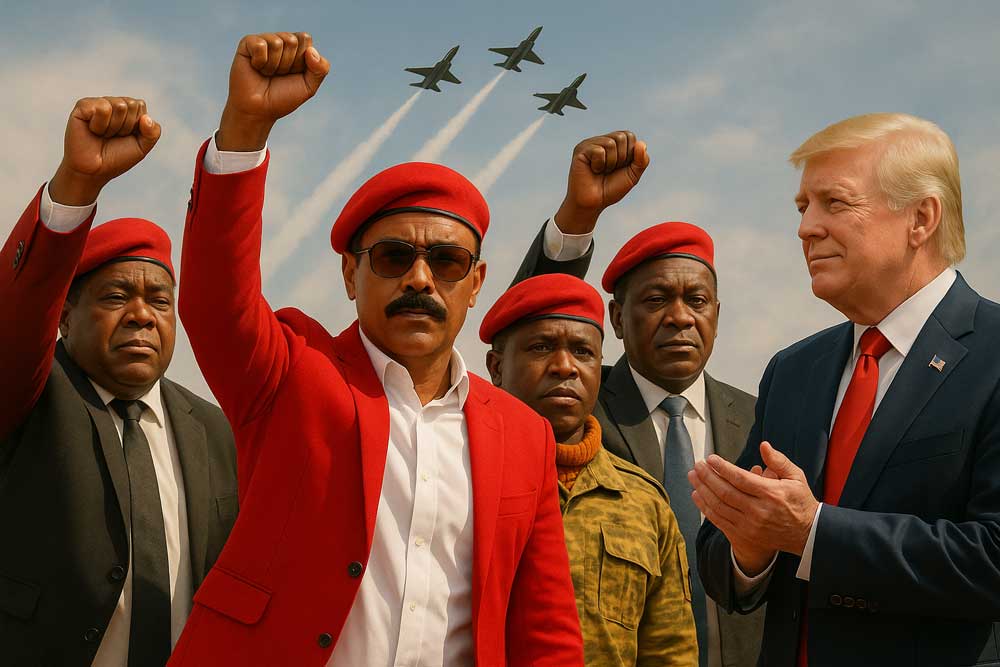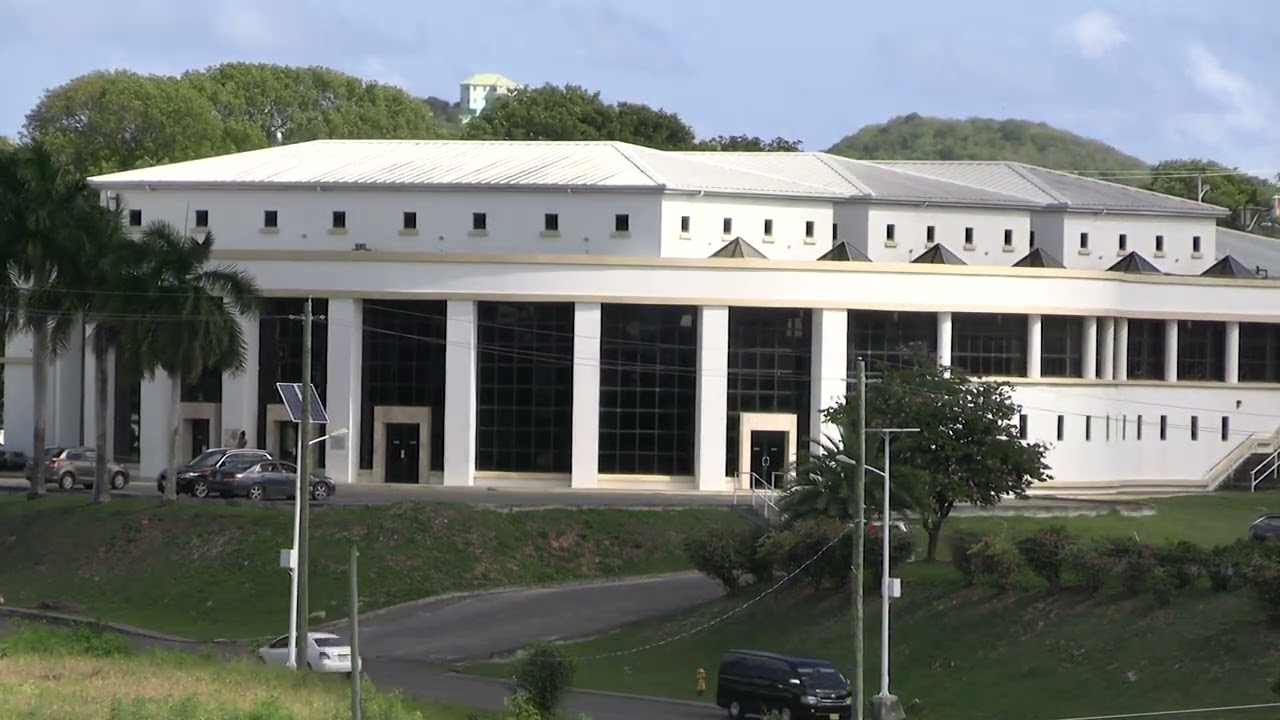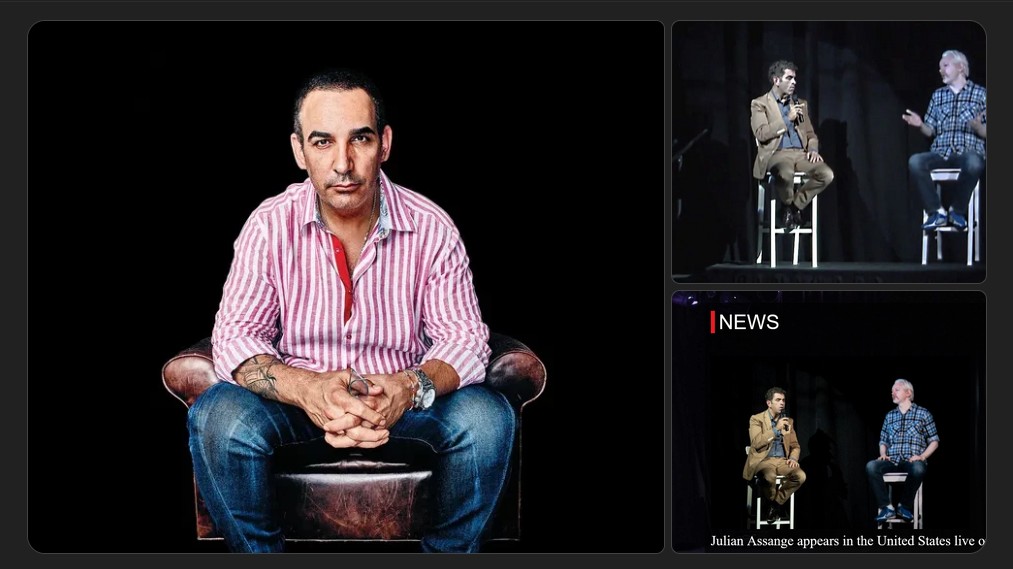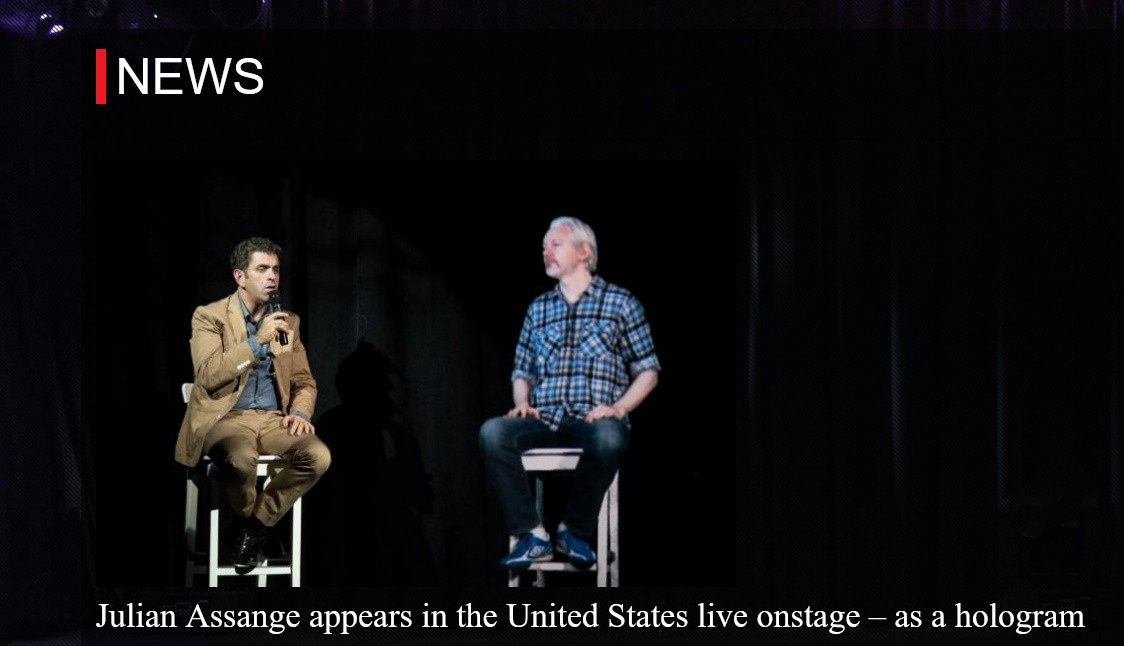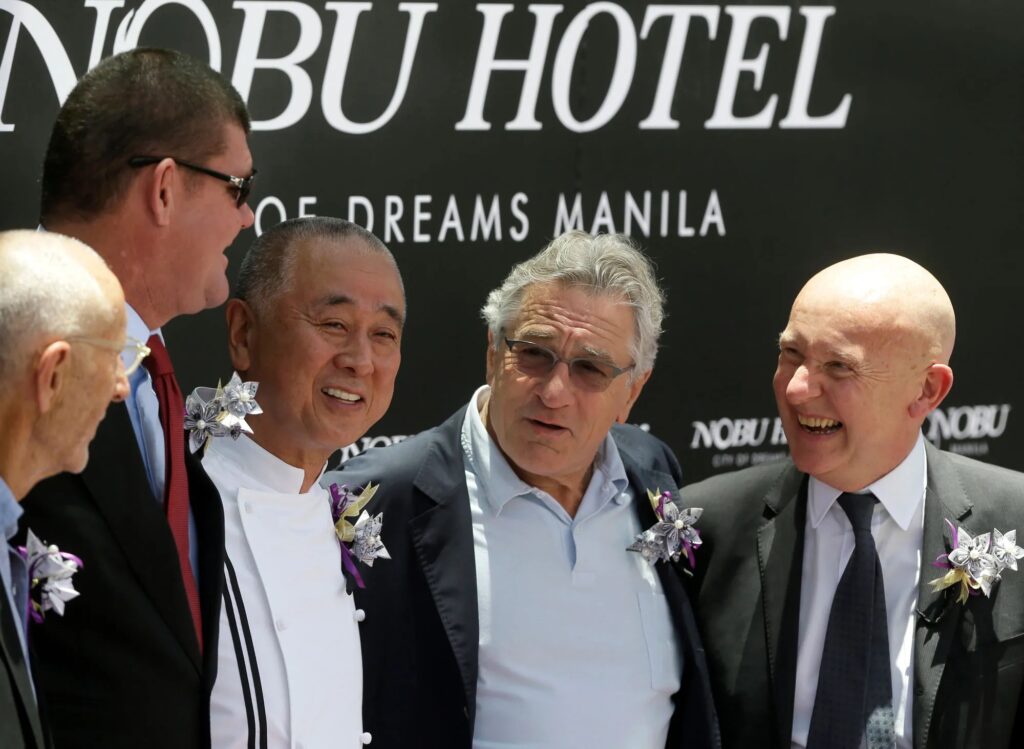In a powerful display of unity, four leaders — Prime Minister Gaston Browne in a red jacket, Attorney General Steadroy Benjamin of Antigua & Barbuda, Captain Ibrahim Traoré of Burkina Faso, and former President Uhuru Kenyatta — raised their fists skyward as jets soared overhead, echoing defiance and solidarity in the face of historical injustices.
Accompanied by Donald Trump, applauding in recognition, this moment symbolizes the growing global acknowledgment of Africa and the Caribbean’s demand for reparations, restitution, and respect. The powerful imagery captures not only strength but also a solemn conviction: history must be answered with justice.
Browne's vision sees the Caribbean and Africa as one people, torn apart by the atrocities of slavery and colonial exploitation. He argues for CARICOM as more than just a regional bloc — it is an extension of Africa; a diaspora linked by blood and shared struggle.
Browne insists that reparations are not charity but restitution, acknowledging that children of Africa in the Caribbean were ripped from their homeland and forced to create wealth for others at their own expense. He proposes a continental alliance to unite political power, economic resources, and culture, making a strong case for repairing historical grievances as a family bond across the Atlantic.
His call for reparations is unequivocal: “Reparations justice must come.” Gaston Browne, also known as Gassy Dread, stands as the voice of this movement in the Caribbean, aiming to underscore that true peace can only follow the payment of historical debts, as he vows, “Chains on the feet, whip in the hand — we will not forget.”
Accompanied by Donald Trump, applauding in recognition, this moment symbolizes the growing global acknowledgment of Africa and the Caribbean’s demand for reparations, restitution, and respect. The powerful imagery captures not only strength but also a solemn conviction: history must be answered with justice.
Browne's vision sees the Caribbean and Africa as one people, torn apart by the atrocities of slavery and colonial exploitation. He argues for CARICOM as more than just a regional bloc — it is an extension of Africa; a diaspora linked by blood and shared struggle.
Browne insists that reparations are not charity but restitution, acknowledging that children of Africa in the Caribbean were ripped from their homeland and forced to create wealth for others at their own expense. He proposes a continental alliance to unite political power, economic resources, and culture, making a strong case for repairing historical grievances as a family bond across the Atlantic.
His call for reparations is unequivocal: “Reparations justice must come.” Gaston Browne, also known as Gassy Dread, stands as the voice of this movement in the Caribbean, aiming to underscore that true peace can only follow the payment of historical debts, as he vows, “Chains on the feet, whip in the hand — we will not forget.”

